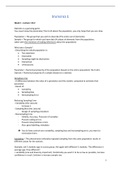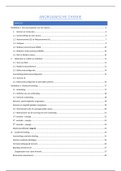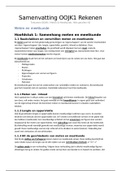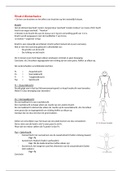Samenvatting
Statistics 1 summary
- Instelling
- Rijksuniversiteit Groningen (RuG)
Summary of áll the lectures, computer practicals and seminars of Statistics 1 in the year 2022/2023. This includes personal notes and examples + figures from the PowerPoint presentations.
[Meer zien]













